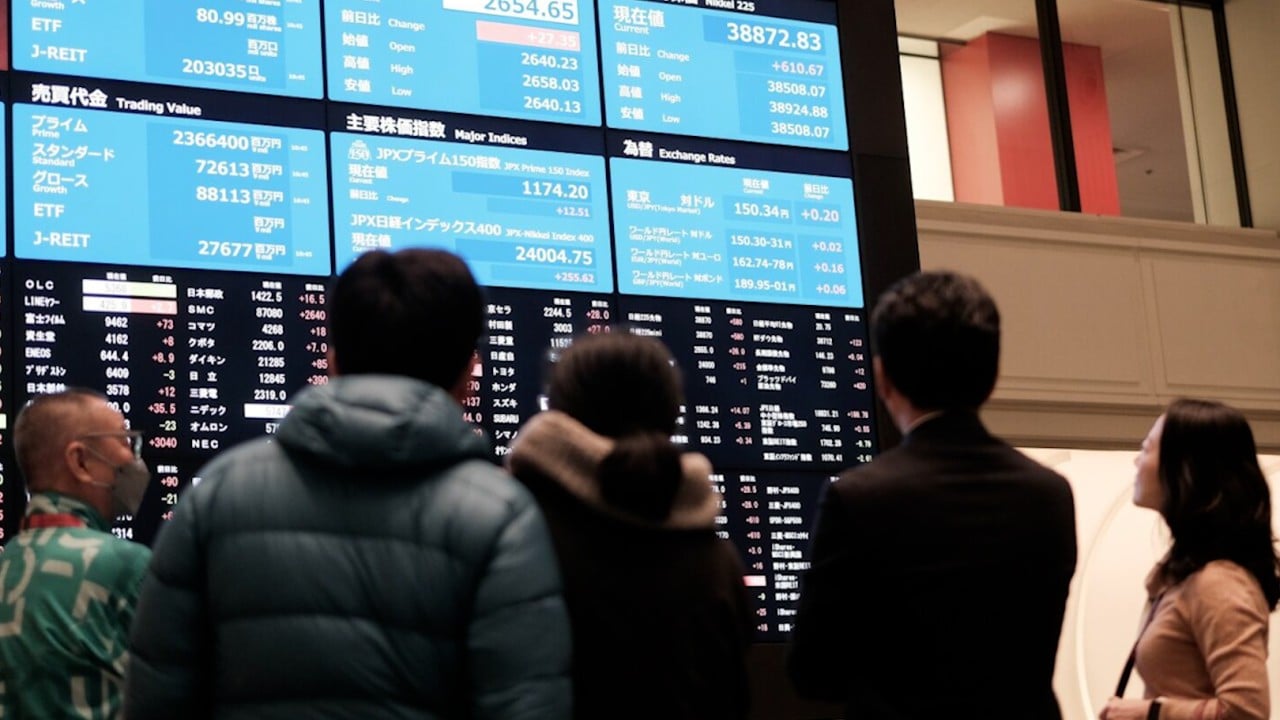The Impact of ‘Higher for Longer’ Interest Rates and a ‘Stronger for Longer’ US Dollar on Asian Markets
Japan: An Extreme Example
The prospect of ‘higher for longer’ interest rates and a ‘stronger for longer’ US dollar has hit Asian markets particularly hard, with Japan serving as an extreme example of the challenges faced by the region. The Japanese yen has weakened significantly against the US dollar, causing concern among investors and policymakers alike. The Bank of Japan is grappling with how to stimulate the economy amidst global uncertainties and the impact of a strong dollar.
Market Uncertainty
The uncertainty surrounding the future trajectory of interest rates and currency movements has led to volatility in Asian markets. Investors are wary of the potential implications of a prolonged period of higher rates and a stronger dollar. This uncertainty has put pressure on Asian currencies, stocks, and bond markets, making it difficult for companies to plan for the future.
One of the key concerns is that if the US economy slows sharply and the Federal Reserve cuts rates sooner and at a faster pace than expected, it could lead to a significant depreciation of the US dollar. This scenario would have far-reaching implications for Asian economies, particularly those that are heavily reliant on exports to the US.
Challenges for Japan
Japan is one of the countries most exposed to the impact of a strong dollar and higher interest rates. The Japanese economy is highly dependent on exports, and a stronger yen makes Japanese goods more expensive in foreign markets. This can lead to a decline in exports and put pressure on corporate profits, leading to job losses and slower economic growth.
The Bank of Japan is in a difficult position, as it must balance the need to support economic growth with the risks posed by a strong dollar and higher rates. The central bank has limited tools at its disposal to mitigate the impact of these external factors, leaving Japan vulnerable to external shocks.
Conclusion
The prospect of ‘higher for longer’ interest rates and a ‘stronger for longer’ US dollar poses significant challenges for Asian markets, with Japan serving as a stark example of the risks faced by the region. The uncertainty surrounding the future trajectory of rates and currency movements has led to market volatility and concerns about the impact on economic growth. Policymakers in Asia will need to carefully navigate these challenges to ensure stability and sustainable growth in the face of global headwinds.
How This Will Affect Me
The impact of ‘higher for longer’ interest rates and a ‘stronger for longer’ US dollar on Asian markets is likely to have indirect effects on individuals. Consumers may see changes in the prices of imported goods, as a stronger dollar makes imports more expensive. Additionally, job security could be impacted if companies experience declines in exports and profits due to currency fluctuations.
How This Will Affect the World
The implications of ‘higher for longer’ interest rates and a ‘stronger for longer’ US dollar on Asian markets extend beyond the region, with potential ripple effects on the global economy. A slowdown in Asian economies, particularly in export-dependent countries like Japan, could have spillover effects on other economies around the world. Increased market volatility and uncertainty could impact investor confidence and lead to broader economic implications.





